Rising Demand in Robotics
The force sensor market is experiencing a notable surge in demand due to the increasing integration of robotics across various sectors. Industries such as manufacturing, logistics, and healthcare are increasingly adopting robotic systems that require precise force measurement for optimal performance. In 2025, the market for robotics in the US is projected to reach approximately $20 billion, with force sensors playing a critical role in enhancing the functionality and safety of these systems. The ability of force sensors to provide real-time feedback allows robots to interact safely with humans and adapt to varying loads, thereby driving their adoption. This trend indicates a robust growth trajectory for the force sensor market, as more companies seek to leverage automation to improve efficiency and reduce operational costs.
Growth in Consumer Electronics
The consumer electronics sector is witnessing a transformative shift, with the incorporation of force sensors into a variety of devices. Products such as smartphones, gaming consoles, and wearable technology increasingly utilize force sensors to enhance user interaction and experience. The US consumer electronics market is projected to reach $400 billion by 2025, with force sensors contributing to the development of more intuitive and responsive devices. These sensors enable features like pressure-sensitive touchscreens and advanced gaming controls, which are becoming essential in modern electronics. As manufacturers strive to differentiate their products in a competitive landscape, the force sensor market is likely to benefit from this trend, as innovation in consumer electronics continues to drive demand for advanced sensing technologies.
Emerging Applications in Aerospace
The aerospace industry is increasingly recognizing the value of force sensors, driving growth in the force sensor market. With the US aerospace sector projected to reach $300 billion by 2025, the demand for advanced sensing technologies is on the rise. Force sensors are utilized in various applications, including structural health monitoring and load testing of aircraft components. Their ability to provide accurate measurements of forces acting on structures is crucial for ensuring safety and compliance with stringent regulations. As aerospace manufacturers seek to enhance the performance and reliability of their products, the integration of force sensors is likely to become more prevalent. This trend indicates a promising future for the force sensor market as it aligns with the industry's commitment to innovation and safety.
Advancements in Automotive Applications
The automotive sector is a significant driver for the force sensor market, particularly with the rise of electric vehicles (EVs) and advanced driver-assistance systems (ADAS). As of 2025, the US electric vehicle market is expected to surpass $50 billion, necessitating the integration of sophisticated force sensors for various applications, including collision detection and adaptive braking systems. These sensors enhance vehicle safety and performance by providing critical data on forces acting on the vehicle during operation. The increasing focus on safety regulations and consumer demand for enhanced vehicle features further propels the force sensor market within the automotive industry. Consequently, manufacturers are investing in innovative sensor technologies to meet these evolving requirements, indicating a promising outlook for the force sensor market.
Increased Focus on Industrial Automation
The push towards industrial automation is a pivotal factor influencing the force sensor market. As industries in the US aim to enhance productivity and reduce labor costs, the adoption of automated systems is accelerating. The market for industrial automation is expected to grow to $200 billion by 2025, with force sensors being integral to the operation of automated machinery. These sensors provide essential data for monitoring and controlling processes, ensuring precision and efficiency in manufacturing. Furthermore, the integration of force sensors in automated quality control systems enhances product reliability and reduces waste. This trend suggests a sustained growth trajectory for the force sensor market as industries increasingly prioritize automation to remain competitive.

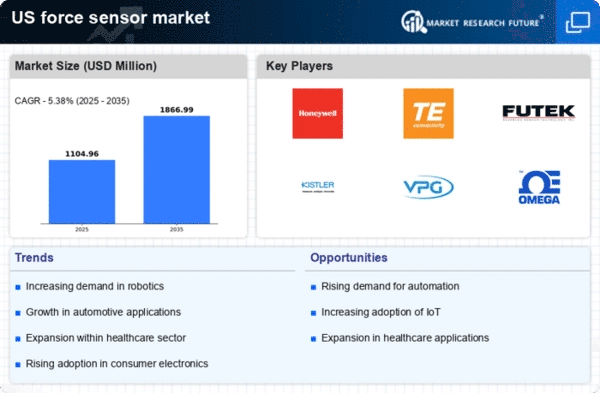
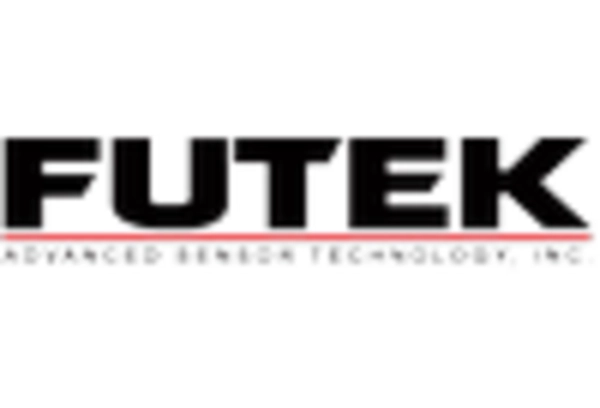

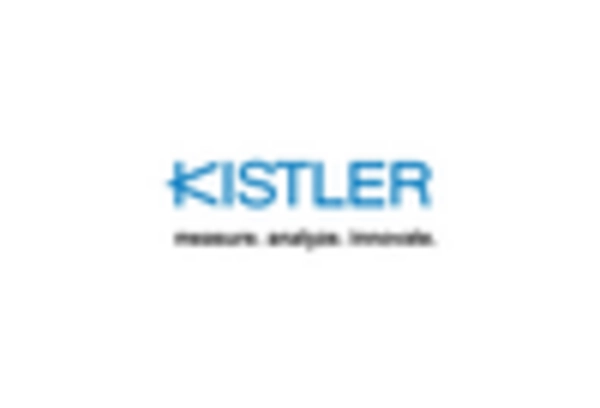
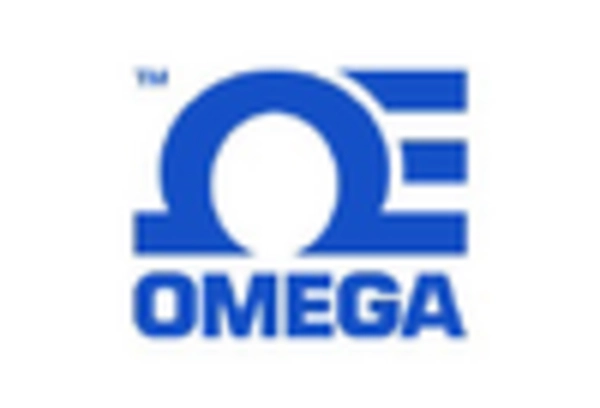
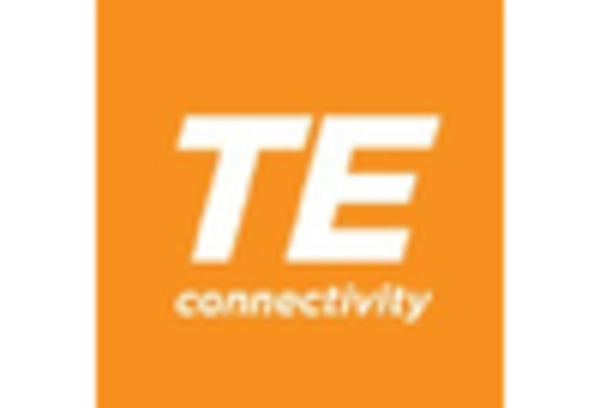
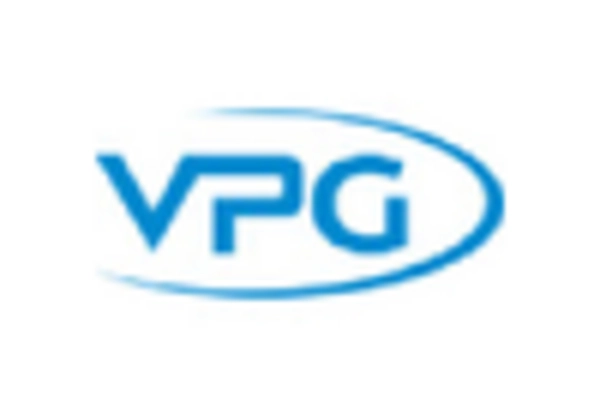








Leave a Comment